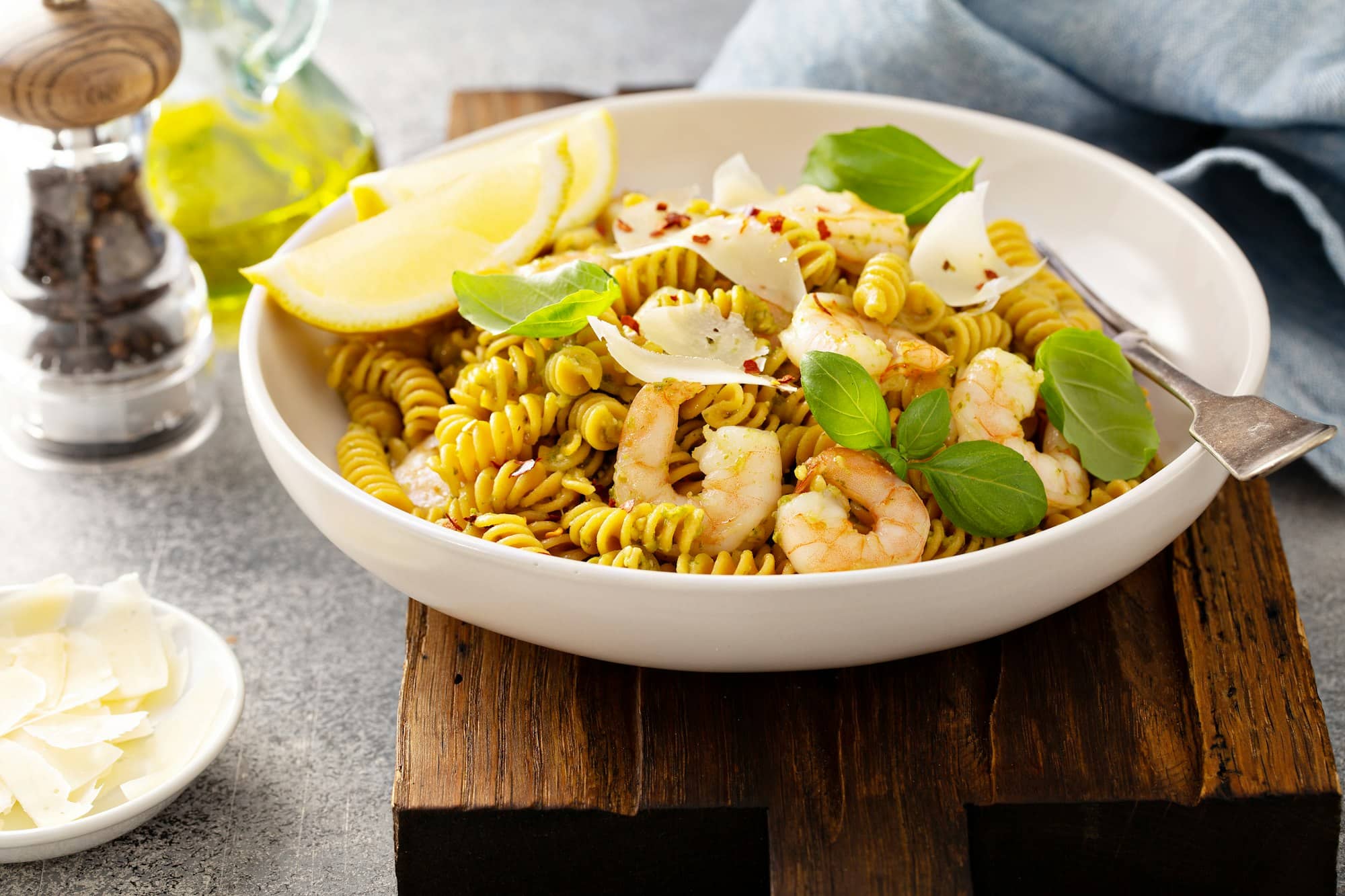You may have recently discovered that you need to follow a gluten-free diet due to a diagnosis of Celiac disease or gluten intolerance. Or, you may have decided to join the increasing number of individuals who are opting for a gluten-free lifestyle for its potential health benefits. Whatever the reason, you may be feeling a bit overwhelmed by the thought of abandoning your favorite recipes. But worry not. With a few simple swaps and a bit of innovation, you can continue to enjoy your beloved meals. In this article, we’ll introduce you to an array of gluten-free flours, divulge some mouth-watering recipes, reveal some baking secrets, and show you how to maintain that delicious, flavor-filled texture in your gluten-free dishes.
1. Understanding Gluten-Free Flours and Their Properties
Embarking on gluten-free baking can seem daunting at first. The key is to understand the unique properties of each gluten-free flour, how they affect the texture of your baked goods, and how to replace wheat flour with gluten-free alternatives effectively.
En parallèle : No added sugar dessert recipes
Rice Flour
Rice flour is one of the most common gluten-free flours and comes in brown and white varieties. It has a neutral flavor that makes it a suitable choice for a variety of recipes. However, it’s also high in starch, so it can make your baked goods a bit gritty if used alone.
Coconut Flour
Coconut flour, made from dried coconut meat, is a flavorful, low-carb, and high-fiber alternative to wheat flour. It’s quite absorbent, so you’ll need to adjust your wet ingredients when using it in recipes.
Avez-vous vu cela : How do you create a flavorful vegetarian stir-fry?
Almond Flour
This flour gives your baked goods a nutty flavor and a moist texture. It’s rich in protein and fiber, but it’s also high in fat, so it’s best used in moderation.
Buckwheat Flour
Despite its name, buckwheat isn’t a type of wheat but a seed. Buckwheat flour lends an earthy flavor to your dishes and is a good source of protein and fiber.
Tapioca Flour
This starch extracted from the cassava root is often used in combination with other flours to help bind the dough and improve the texture of the baked goods.
2. Mastering Gluten-Free Baking Techniques
Once you’ve familiarized yourself with the gluten-free flour options, it’s time to learn some baking techniques that will ensure your gluten-free goods don’t fall flat.
Achieving the Right Texture
Gluten is a protein that gives bread its structure and elasticity. In gluten-free baking, you’ll need to recreate this property using alternative ingredients.
Using Xanthan Gum or Guar Gum
These are common gluten substitutes that can provide the dough’s elasticity. For each cup of gluten-free flour, add about half a teaspoon of xanthan gum or guar gum.
Adding a Protein
Eggs are an excellent source of protein, and adding an extra egg to your recipe can improve the structure of your baked goods.
Keeping It Moist
Gluten-free baked goods tend to dry out quickly, so try adding ingredients that retain moisture, like apple sauce or yogurt, to your recipes.
3. Delectable Gluten-Free Recipes
Now that you have a better understanding of the flours and techniques, let’s dive into some delicious gluten-free recipes.
Vanilla Almond Flour Cookies
These cookies have a delightful nutty flavor from the almond flour and a hint of vanilla. Combine one cup of almond flour, half a cup of softened butter, a quarter cup of sugar, an egg, and a teaspoon of vanilla extract. Mix until you form a dough, then refrigerate for 30 minutes. Shape into cookies and bake at 350°F for 10-12 minutes.
Coconut Flour Pancakes
These fluffy pancakes are a perfect gluten-free breakfast. Combine half a cup of coconut flour, half a cup of milk, four eggs, two tablespoons of honey, half a teaspoon of baking powder, and a pinch of salt. Mix until you form a batter, then pour onto a preheated griddle. Cook until golden brown, then flip and cook the other side.
4. Transforming Traditional Recipes Into Gluten-Free Delights
With a bit of creativity, it’s possible to transform your favorite traditional recipes into gluten-free delights.
Gluten-Free Chicken Nuggets
Instead of coating your chicken in wheat flour, try using a combination of rice flour and cornmeal. This gives the nuggets a satisfying crunch without the gluten.
Gluten-Free Pizza Dough
With a blend of rice flour, tapioca flour, and potato starch, you can make a gluten-free pizza dough that rivals its gluten-containing counterpart in taste and texture.
When it comes to cooking and baking gluten-free, remember that it’s all about experimentation. Don’t be afraid to try different flour combinations and techniques until you find what works best for your tastes. And always remember, being gluten-free doesn’t mean you have to sacrifice flavor. With the right ingredients and techniques, you can create dishes that are just as delicious as their gluten-filled counterparts.
5. Additional Ingredients to Boost Flavor in Gluten-Free Cooking
Aside from the variety of gluten-free flours, there are other ingredients that you can incorporate into your recipes to enhance the flavor of your gluten-free dishes.
Herbs and Spices
The use of herbs and spices can significantly improve the taste of your food, adding depth and complexity to your dishes. Whether you’re preparing a savory dish or baking a sweet treat, there’s a wide array of herbs and spices that can complement and elevate your gluten-free cooking. Some examples include garlic, basil, oregano, rosemary, cinnamon, nutmeg, and ginger.
Fats and Oils
The right fats and oils can also make a huge difference in your cooking. Unrefined coconut oil, for example, can impart a subtle tropical flavor to your dishes and is suitable for both sweet and savory recipes. Olive oil, rich in heart-healthy fats, can also lend a fruity, peppery note to your meals.
Sweeteners
Sweeteners play a key role in baking. Honey, maple syrup, and coconut sugar are just a few examples of natural sweeteners that not only sweeten your baked goods but also contribute unique flavors.
Flavor Extracts
Flavor extracts like vanilla, lemon, almond, and peppermint can also be added to your gluten-free recipes for an extra burst of flavor.
Remember that it’s all about balance. Too much of one ingredient can overwhelm your dish, while too little may leave it bland and uninteresting.
6. Conclusion: Embracing Gluten-Free Cooking
Going gluten-free doesn’t mean you have to give up on tasty food. In fact, it can open up a world of new flavors and textures that you might not have experienced before. As you’ve learned, there are a myriad of gluten-free flours, each with its distinct taste and characteristics. Then there are countless herbs, spices, fats, oils, sweeteners, and flavor extracts to experiment with.
With a low-carb diet, you can still enjoy your favorite baked goods, thanks to the versatile almond flour and coconut flour. Want to indulge in a decadent dessert without the guilt? Try baking a batch of chocolate chip cookies with almond flour or whip up a loaf of banana bread with a gluten-free flour blend.
Your journey to gluten-free cooking and baking is just beginning. There might be some trial and error along the way, but don’t get discouraged. Remember, every attempt is a step closer to mastering the art of gluten-free cooking.
So, whether you’re making apple fritters at room temperature, using sour cream to enhance your baked goods, or trying a new gluten-free recipe, always remember this: Cooking is a creative process. Don’t be afraid to experiment, innovate, and most importantly, have fun along the way. After all, the joy of cooking lies not just in the end product, but in the process itself.











